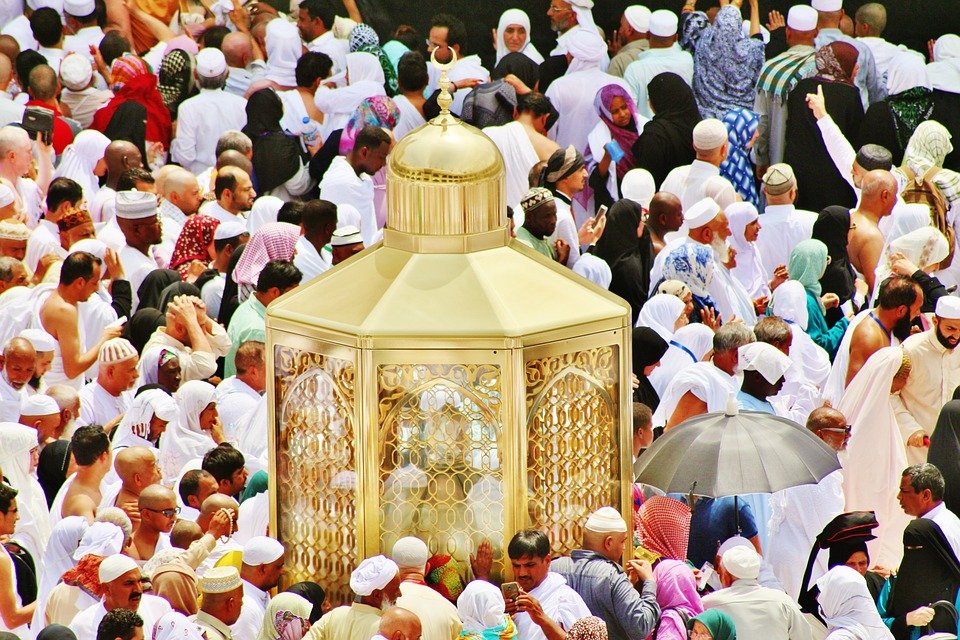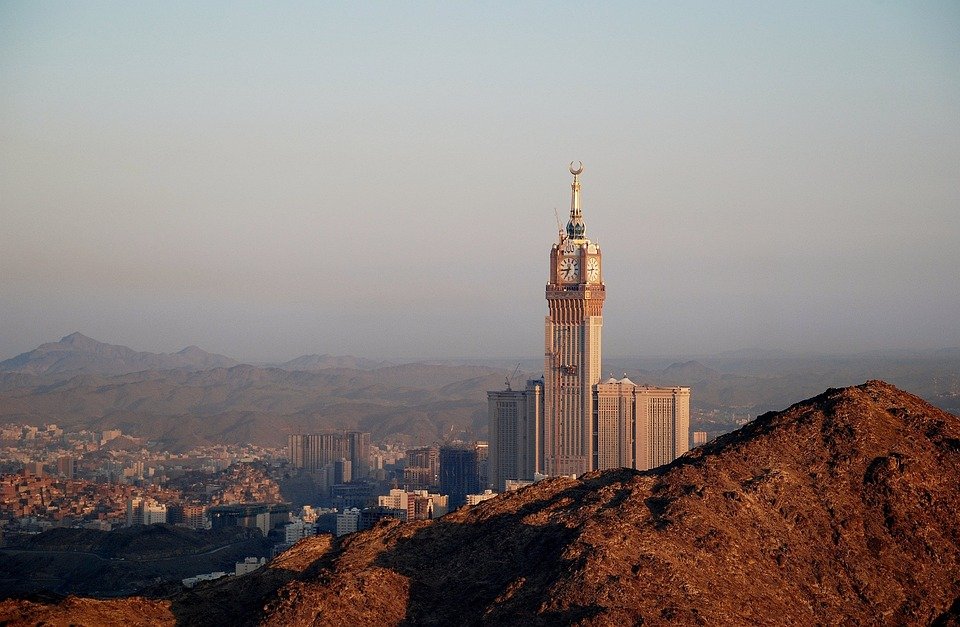You are here to read: How Many People on Average Participate in the Hajj Each Year? – A Thoughtfully Written Guide Offering Spiritual Wisdom and Travel Advice for Every Pilgrim who is going on holy journey of Hajj or Umrah.
How many people on average participate in the Hajj? This question sparks interest among millions of Muslims around the globe. Each year, an astounding number of pilgrims gather in Mecca for this sacred pilgrimage, with estimates generally ranging from two to three million participants annually. In this article, I promise to provide you with a comprehensive guide on how many people on average participate in the Hajj, ensuring you have all the information you need at your fingertips.
Understanding how many people on average participate in the Hajj each year goes beyond just numbers; it highlights the significance of this spiritual event in the lives of Muslims. I believe the sheer volume of participants illustrates the deep connection that exists within the global Muslim community. With over nine years of experience in facilitating Umrah and Hajj travel, our team at Airlinkhajjandumrah.com truly understands the importance of this pilgrimage. We aim to inform and support those looking to partake in this profound experience.
Understanding the Hajj
Every year, millions of Muslims around the world gather for Hajj, an important pilgrimage to the holy city of Makkah in Saudi Arabia. This journey is one of the Five Pillars of Islam, highlighting its significance in the faith. Participating in Hajj brings immense spiritual rewards and is a chance for Muslims to seek forgiveness and reflect. This bonding experience truly enhances the sense of community among people from different backgrounds.
During this sacred time, people immerse themselves in prayer and rituals that have been performed for centuries. The atmosphere brims with devotion and faith. It’s not just a trip; it’s a heartfelt experience that helps many to strengthen their relationship with God. When we talk about the number of people participating in Hajj each year, it’s astonishing to think about how vast this gathering really is.
Annual Participation Numbers
On average, around two to three million pilgrims attend Hajj each year. This number can vary, especially since some years may see an increase or decrease due to specific regulations or circumstances. For instance, in 2022, the Saudi government welcomed over a million pilgrims after strict travel restrictions due to the pandemic were eased. This surge showed how much people cherished the opportunity to perform Hajj when the chance arose.
When we look at the statistics, it’s clear that Hajj is not just a personal journey for many; it symbolizes unity among Muslims globally. Each participant brings their own story and purpose, creating a tapestry of faith that unites everyone in the sacred rituals. This deep sense of belonging can be felt in the air as people come together despite coming from diverse cultures and backgrounds.
The History of Hajj Attendance
The number of attendees at Hajj has fluctuated throughout history. In the early days of Islam, only a handful of faithful could make the pilgrimage. As time progressed, more individuals began making the journey, inspired by the faith they hold dear. It wasn’t until the late 19th and early 20th centuries that we started seeing a more significant rise in numbers, thanks in part to improvements in transportation.
You're at the middle of this awesome post at AirlinkHajjandUmrah.com through: How Many People on Average Participate in the Hajj Each Year?. Keep reading, it gets better!
Today, the vast increase in participation demonstrates how vital this pilgrimage is for Muslims. The expansion of travel options and the growth of the global Muslim population contribute substantially to higher attendance rates. This evolution reflects a world that continually strives for spiritual fulfillment and communal ties.
Who Can Participate?
Not everyone is able to attend Hajj every year, as there are several criteria to meet. Muslims must be physically capable and financially able to undertake the pilgrimage at least once in their lifetime. Additionally, there are guidelines about the timing of the pilgrimage, with specific dates outlined each year based on the Islamic lunar calendar.
Moreover, local regulations may limit the number of pilgrims allowed to enter Makkah. Each country usually receives a set quota based on its Muslim population, ensuring fairness in opportunities to attend. This system helps manage the influx of visitors while preserving the sanctity of the pilgrimage experience.
The Role of Technology in Hajj
Modern technology plays a pivotal role in the organization of Hajj. With millions flocking to one location, efficient management is crucial. New apps and online tools help pilgrims plan their journey, book accommodations, and stay updated on schedules. This proactive approach ensures that everyone can navigate the experience with greater ease and clarity.
Additionally, social media allows participants to share their experiences in real-time. This sharing fosters a sense of community across the globe and lets others witness the powerful moments from Hajj. The use of technology has certainly advanced the pilgrimage, providing both practical support and an enhanced spiritual connection for many.
What to Expect During Hajj
Attending Hajj means participating in numerous rituals that reflect core Islamic beliefs. From standing at Arafat, where believers pray for forgiveness, to the symbolic stoning of the devil at Mina, each action carries deep spiritual significance. These rituals not only unite the participants but also allow them to connect with their faith on a richer level.
The experience may seem overwhelming at first, but the shared journey makes it easier. Pilgrims often form bonds with each other, exchanging stories and experiences that deepen their appreciation for the event. It’s a time for self-reflection, closeness to God, and developing friendships that may last a lifetime.
The Spiritual Impact of Participating in Hajj
Participating in Hajj leaves an indelible mark on the hearts of those who attend. Many return home with renewed faith, a profound sense of peace, and the feeling of having accomplished something monumental. The arduous journey does more than test one’s physical limits; it encourages self-discovery and spiritual growth.
In essence, Hajj transcends mere attendance; it creates a life-changing experience that reshapes lives and communities. The memories and teachings gathered during this pilgrimage continue to resonate long after it’s over. In sharing the experience, we keep the spirit of Hajj alive and thriving within our lives and our faith.
That wraps up How Many People on Average Participate in the Hajj Each Year?. Thanks for sticking with us till here! Share this: How Many People on Average Participate in the Hajj Each Year? with your friends.
Check our homepage at Air Link Hajj & Umrah for more awesome updates.
Some interesting posts are: 1: Umrah Mubarak, 2: When is Umrah closed 2026?, 3: When does Umrah start after Hajj 2026?
Mushu, an experienced Saudi Arabia traveler and writer, shares insightful tips and spiritual reflections to enhance Hajj and Umrah journeys for fellow pilgrims. He has been to Makkah and Madina from 2016 to 2023 many times and his posts will reflect this.







